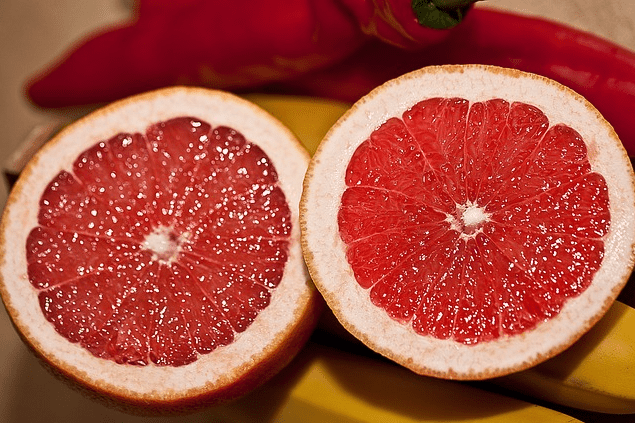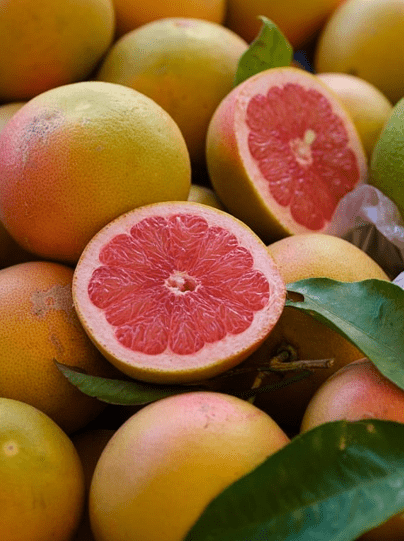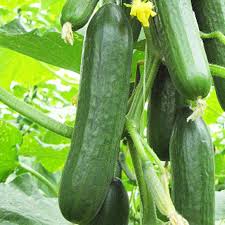Grapefruit is often considered a basic citrus fruit, like lemons, oranges, and clementines—something that has likely grown here for centuries, with wild varieties found in places like Iran and China.
Turns out, that’s not the case! Grapefruit doesn’t have any "wild varieties" and actually came to us from the New World. Well, sort of. It’s not like there were citrus fruits in the Americas originally; the fact that the Caribbean is now full of citrus groves is the result of European capitalist ventures, like the plantation system that brought millions of African slaves to the Caribbean, along with plenty of oranges and pomelos.
Why am I telling you this? Because without all this, we wouldn’t have grapefruit. The legend tells of a bored British sailor, "Captain Shaddock," who was stranded on the Caribbean island of Barbados and decided to cross an orange with a pomelo, resulting in the grapefruit.
This strange and sour fruit became a hit, spreading from Barbados to Florida’s burgeoning citrus industry and from there to the world. It was actually introduced to Israel, a land with a thriving citrus industry for nearly a thousand years, in 1913. And yes, the Hebrew word "eshkolit" (grapefruit) has been in use for over a century.

But wait, all this information refers to the "regular" grapefruit, which has white or pinkish flesh. Today, we’re here to celebrate the red grapefruit. So, where did the red grapefruit come from?
One might assume that the red grapefruit is the result of long and deliberate cultivation. But as far as I understand, it was simply a happy accident of nature—a mutation.
One morning in 1929, in a small grove in southern Texas, without any warning, a single grapefruit tree began producing strange fruits with bright red flesh. These fruits weren’t just vividly red; they were also incredibly sweet. The Texan farmer quickly took cuttings and seeds from this unusual tree, and thus the red grapefruit variety was born, named "Ruby Red" after the gemstone. Ruby Red is considered the ancestor of most of the red grapefruit varieties in the world today, including the delicious organic red grapefruits we enjoy.
The sweetness of red grapefruit makes it much more accessible (no need to add sugar!), and in general, it offers everything white grapefruit does (lots of vitamin C, fiber, minerals, and antioxidants) plus an additional something. The mutation that caused the grapefruit to become red affects the gene responsible for producing a pigment called lycopene.

Lycopene (which is also found in tomatoes, watermelon, and other fruits and vegetables) not only brings the rich red color but is also a powerful antioxidant. However, it’s important to mention that, just like white grapefruit, red grapefruit contains a compound that inhibits a certain enzyme in the digestive system, which is particularly relevant for people taking certain medications (for example, cholesterol-lowering medication).
If you’re on chronic medication, be sure to check the drug leaflet, as it will clearly state whether the medication interacts with grapefruit—this applies to red grapefruit too.
Luckily, I need no medication (maybe thanks to an organic diet?), and I suddenly have a craving for some escapism in the form of a Campari-based cocktail with fresh red grapefruit juice.









